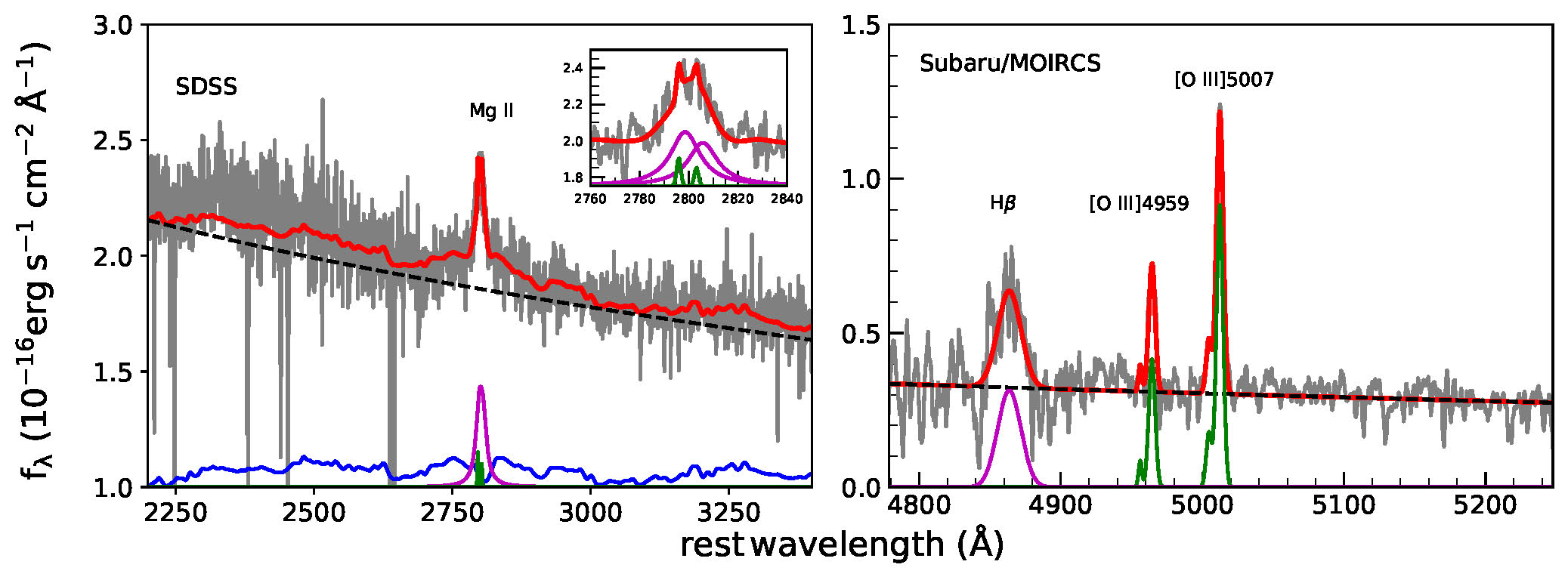Scientists Discover the Farthest Gamma-ray Emitting Narrow-Line Seyfert 1 Galaxy
Scientists from the Aryabhatta Research Institute of observational sciencES (ARIES), Nainital, an autonomous institute under DST, Government of India, in collaboration with researchers from other institutions, have discovered the most distant gamma-ray emitting Narrow-Line Seyfert 1 (NLS1) galaxy known to date. The object ‘TXS 1206+549’ is located at a redshift (z) of 1.34, which is a distance of about 31 billion light-years away from us. It was formed when the Universe was only about 4.7 billion years old as compared to its current age of about 13.8 billion years.
Most of the galaxies host a supermassive black hole at their center. Some of these galaxies have a very bright center that outshines the combined light coming from the billions of stars in them and are called active galaxies. The central supermassive black holes are believed to power such galaxies. Their central bright regions are called Active Galactic Nuclei (AGN). Among the AGN are the NLS1 galaxies, identified as a separate class (based on the narrower width of the Hβ emission line in their optical spectrum) about four decades ago. They are thought to be powered by highly accreting low mass black holes (1 - 100 million solar masses) and hence unlikely to produce relativistic jets. This was proved wrong by the detection of gamma-ray emission (an indicator for the presence of relativistic jets) in them. As of today, gamma-ray emission has been detected in about a dozen NLS1 galaxies, and all of them are at redshifts lesser than one and no method was available to find NLS1 at redshifts larger than one.

Figure 1. The spectrum of TXS 1206+549. Left panel: Mg II line fit of the SDSS spectrum with an inset plot showing the zoomed version of Mg II line fitting. Right panel: Hβ model fit to the Subaru spectrum.
Scientists from ARIES and their collaborators studied a large number of ~25,000 quasars from the Sloan Digital Sky Survey and have established a new method to find high-z NLS1 galaxies that were not known previously by comparing different emission lines (Hβ and Mg II) in their spectra. They found a unique object TXS 1206+546 that emits high-energy gamma rays as detected by the Fermi Gamma-ray Space Telescope and could be a high-z gamma-ray emitting NLS1. However, to confirm this, they needed infrared spectroscopy and a large telescope. They have used one of the largest ground-based telescopes in the world; the 8.2 m Subaru Telescope located at Hawaii, USA. Their study confirmed that TXS 1206+549 is a genuine NLS1, and at a redshift of 1.34, the most distant gamma-ray emitting NLS1 galaxy known till now.
The research led by Dr. Suvendu Rakshit of ARIES, Nainital in collaboration with various scientists Malte Schramm (Japan), C. S. Stalin (IIA, India), I. Tanaka (USA), Vaidehi S. Paliya (ARIES), Indrani Pal (IIA, India), Jari Kotilainen (Finland) and Jaejin Shin (South Korea) has recently been accepted for publication as a letter in the scientific journal Monthly Notices of Royal Astronomical Society. This discovery opens up a new way to find gamma-ray emitting NLS1 galaxies in the early Universe. Motivated by this finding, Dr. Rakshit and his collaborators are keen to exploit the capabilities offered by the TANSPEC instrument on the recently commissioned 3.6 m Devasthal Optical Telescope (DOT) at ARIES to find more such gamma-ray emitting NLS1 galaxies at much larger redshifts.
Publication: TXS 1206+549: a new γ-ray detected narrow-line Seyfert 1 galaxy at redshift 1.34?, Rakshit et al., 2021, MNRAS Letter, accepted
DOI: https://doi.org/10.1093/mnrasl/slab031
arXiv: https://arxiv.org/abs/2103.16521

